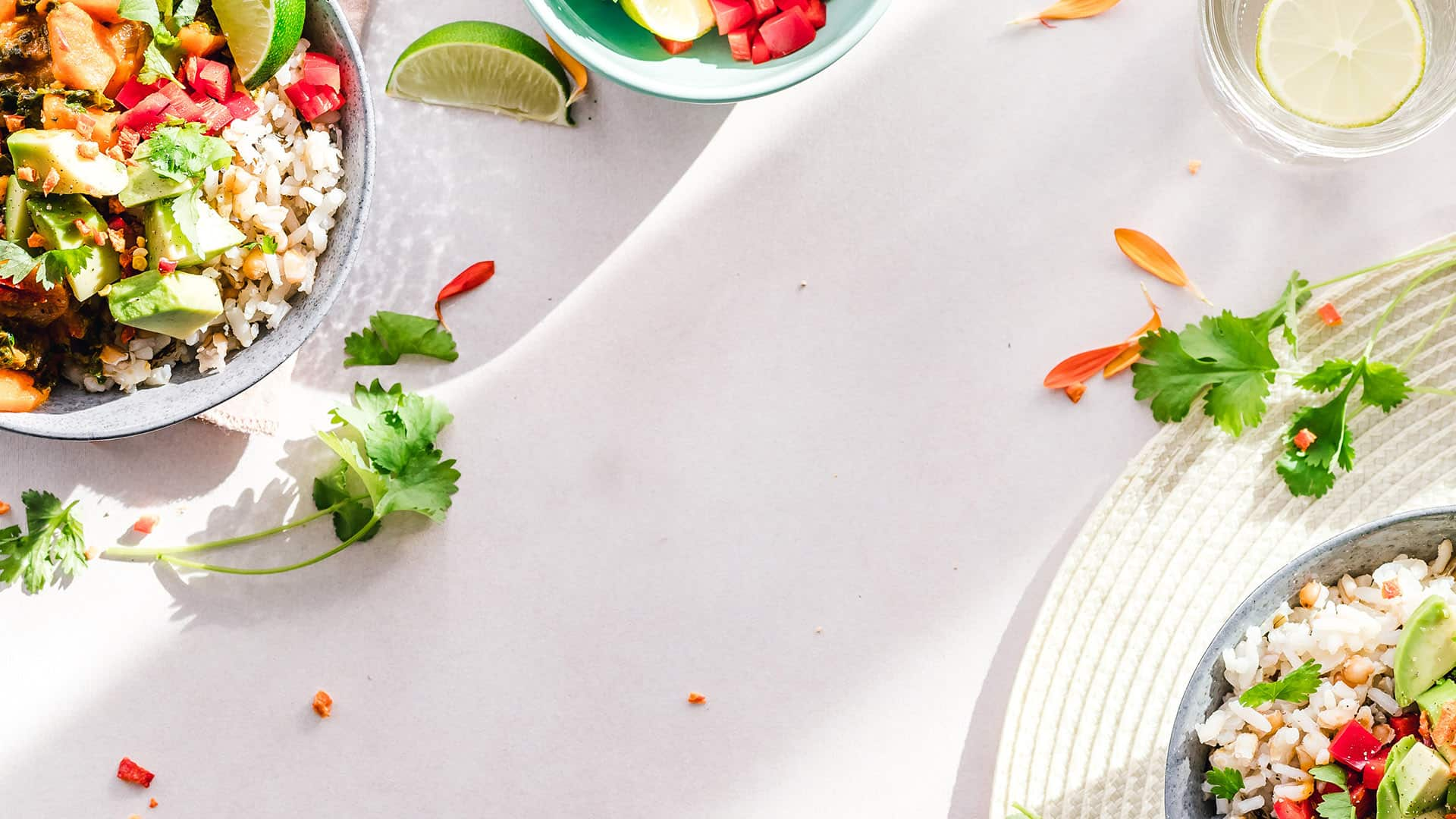

Market Focus: Pet projects
The world might be facing a crisis when it comes to feeding humans, but there is another pressing consumption concern with other inhabitants of this planet: domestic animals. John Challen assesses the state of the market
Researchers suggest there are more than one billion domestic pets around the world – and those cats, dogs, budgies, rodents and all other species need feeding. Partly because of the pet population, more than a quarter of the environmental effects of animal agriculture are caused by the pet food industry. Also, roughly 30% of the world’s total arable land is used for growing ingredients that go into pet food production.

Many of the same concerns found in the human food industry – resource scarcity, overfishing and environmental destruction to name just three – are common with pet food production. But plant-based meats, meat analogs, edible insects/worms and cultivated meat can be used as major meat alternatives in pet foods. Thankfully, unlike cultivated meat for humans, there are fewer barriers to acceptance in the pet food world. Therefore, an ever-growing number of companies working on solutions to the problems at hand are emerging, armed with products that are still appealing to pets.
The need for cultivated pet food is a necessity because, as Joshua Errett, Vice President of Product at CULT, puts it, the food industry needs to be more creative. “We can’t guilt people into eating less meat,” he says. “That kind of advocacy isn’t working at the scale or speed required to meet the challenge of climate change. What we feed our dogs and cats is intricately tied to what we eat ourselves. Pets and humans share a supply of farmed animal meat and around 30% of the farmed animals we don’t eat eventually goes into pet food. With mass adoption of cell-cultivated meats or alternatives in pet food, the whole supply chain can be upended.”
We can’t guilt people into eating less meat. That kind of advocacy isn’t working at the scale or speed required to meet the challenge of climate change
Instead of selling off meat unsuitable for human consumption to pet manufacturers, Errett says factory farms would need to pay to have it disposed and the meat moves from a profit center to a cost center. “The consumer would need to pay more for meat to offset that and, when meat costs more, people tend to buy less of it, which is a net positive.”

But transitioning pets to a diet of alternative proteins is not a one-size-fits-all approach, warns Errett. “For dogs, it is simply a matter of transitioning the daily diet, just as it would be if a human were to cut animal products. For cats, it’s a little more complex. Cats are obligate carnivores and need specific nutrients. We, as humans, can provide those nutrients without factory farming. We are already doing it.”
Errett cites the example of taurine, which is essential for cats, but not something the animals can produce themselves. “It should be in animal meat but, as the factory-farmed meat is so processed, pet food manufacturers almost always add synthetic taurine back into the food.”
Barriers to entry
In the USA, the FDA’s pet food division, Center for Veterinary Medicine, is involved in regulations around pet food, while a quasi-regulatory body, the Association of American Feed Control Officials (AAFCO) sets standards for nutrition. Meanwhile, there are different regulations in Europe, which presents challenges for companies involved in cultivated pet food production.
In 2016, the European Food Safety Authority authorized insects to be included as a feed material in the EC Animal By-Product legislation. As a result, insect-derived proteins were allowed be used in companion animal feed and insect-based pet foods have been in the EU since 2016.
One company to take advantage of this approval was Nutrition Technologies, which is aiming to address the distinct aquatic habitat needs of fish, shrimp and, increasingly, pets. Its primary goal is to develop sustainable alternatives that not only contribute to environmental well-being but also fulfill the dietary needs of animals.
The company’s proposal? An industrial microbial decomposition method that makes use of black soldier fly larvae (BSFL) interaction with their environmental microbiome, mimicking the complex natural interactions between insects and microbes. “Through this process, food waste and industrial organic byproducts – which would typically end up in landfills – are transformed into valuable resources,” says Nick Piggott, Co-CEO. “This approach not only promotes sustainable production practices but also effectively meets the demand for animal feed.”
Breeding black soldier flies produces far fewer emissions compared to traditional animal production, Piggott adds. “We completed a life-cycle assessment earlier this year, and the data is clear on the potential for tropical insect products to reduce a whole range of environmental impacts. By including lower-impact feed ingredients, such as insects, feed manufacturers can reduce their carbon footprint, which is currently estimated at 106 million MT of CO2e a year.”
From a sustainability point of view, insects produce more protein per acre of land, Piggott reasons. “They also require fewer inputs and less water, compared with traditional protein sources, so this is more sustainable and environmentally friendly.”
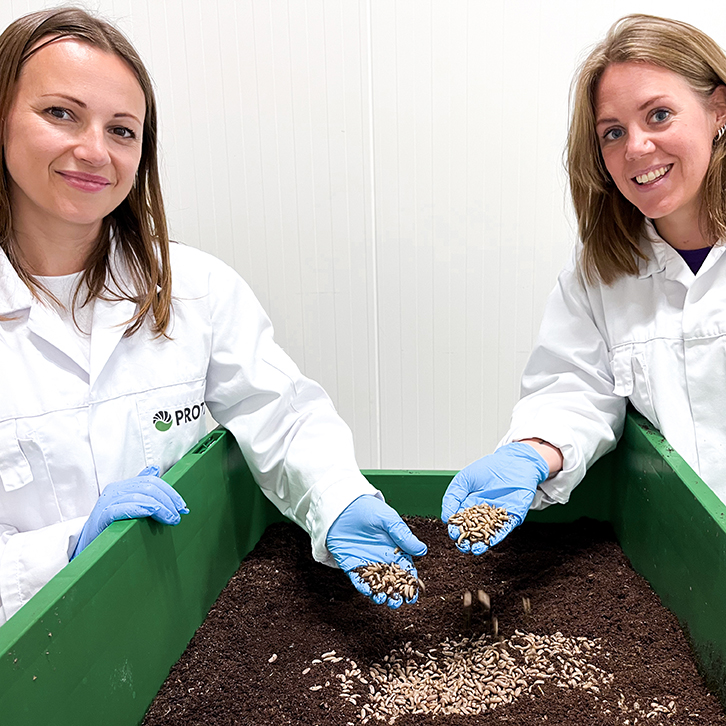
An additional benefit is the fact that the black soldier fly is hypoallergenic, which makes it suitable for inclusion in ‘sensitive’ foods for pets. “It’s also very high in calcium – making it good for senior dog formulations – and the chitin in the insect exoskeleton is made up of chitosan and glucosamine, which is often used as a supplement in senior dogs to support joint health,” he reveals.
Errett agrees with Piggott’s assessment around sensitive foods. “Food allergies in cats and dogs have exploded in the past few decades. The most common are to beef and poultry – ironically the most common farmed animals in pet foods,” he says. “Having an alternative protein source will solve a lot of allergies immediately. In fact, alternative proteins are a vet-prescribed diet when an animal shows an allergic reaction.”
Pet protein positives
Coming at the market from a different angle, Ÿnsect was established in France in 2011 and is involved in the production of natural insect proteins and fertilizers. “We offer an ecological, healthy and sustainable solution thanks to the tenebrio molitor, a beetle,” explains Alice Pabst Landon, Head of Marketing at Ÿnsect. “We use proprietary technology, protected by more than 380 patents, to develop vertical farms and produce an alternative protein to feed the world while fighting climate change.
“Products given to pets are becoming more and more like our own food, with the inclusion of higher-quality products such as animal proteins that can be consumed by humans,” she says. “It is in this very segment that a problem is emerging: at a time when we need to limit our consumption of meat products to limit their impact on the environment, we find ourselves feeding them to our animals.”
On the topic of the environment, when it comes to reducing carbon footprints – or ‘carbon pawprints’, as they are sometimes labeled when referring to the animal world – there are huge benefits to be gained from the pet food industry. As Pernilla Westergren, CEO & Founder of Petgood, explains, “In the case of our pets, this pawprint is mainly related to the food that they are fed, the emissions related to the manufacture of this feed, and primary production of the raw ingredients.”
The journey of dog-loving Westergren has also led her to black soldier fly larvae. Working in the finance world – and as an owner of a Labrador with stomach problems – she questioned what her dog was being fed and discovered the lack of transparency and low quality in dog food. From there, Petgood was founded, Westergren states, with the desire to “provide pet parents with sustainable pet food products of optimum nutritional quality – and to do this in a highly transparent way for the market”. Today, Petgood offers a range of products including complete and balanced feeds, as well as complementary products such as dental sticks and treats. All feature highly nutritious insect protein as the sole animal ingredient.
“There are very few challenges presented in transitioning the pets themselves onto insect-based feeds,” Westergren reports. “The majority of animals love the taste and respond really well to this highly digestible protein source. While we have seen many pet parents seeking out and highly welcoming of a sustainable alternative protein source for their pets, others have needed more information relating to nutritional adequacy and research into insects for pet nutrition.”
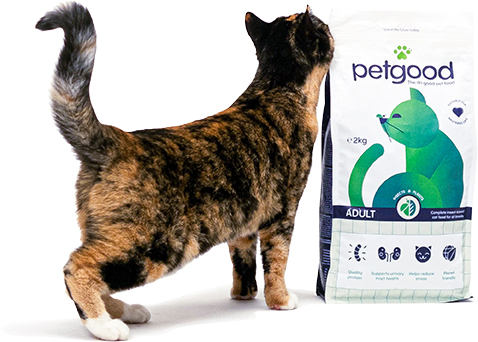
Alternative protein sources are less likely to cause inappropriate immune reactions that can lead to a poor digestive function, or cutaneous adverse food reactions – such as inflamed and itchy skin or ear infections, suggests Westergren. “Pets suffering from these conditions often show clinical improvement within 14 days when introduced to a novel protein or hydrolyzed diet,” she says. “Even though for many patients there may be multiple factors involved, diet may be a major component.”
Larvae is in the air
Similar to CULT and Petgood, Protenga has harnessed the power of the black soldier fly. “We develop and build data-driven indoor vertical farms – our so-called ‘Smart Insect Farm’ – to produce sustainable and circular proteins from insects in a fully controlled solid-state fermentation and bioconversion process,” explains Leo Wein, who set up the company in 2016. “The technology is designed for modular deployment close to the source of agricultural and food manufacturing byproducts to minimize the environmental footprint and produce the freshest insect protein biomass on the market. The entire growth process takes as little as seven days, without any chemicals, hormones, or antibiotics – fully clean and traceable.”
The larvae are then farmed into ingredients for pet food, with the company currently offering three ingredient products for pet food applications. “We have ‘Hermet Protein’ – a nutrient-rich, highly digestible and sustainable insect protein meal; ‘Hermet Oil’ – a medium-chain fatty acid rich, health-promoting and fragrant oil and ‘Cens+ for Dogs’, an all-natural, amino acid-rich coating for dry kibbles,” Wein says.
The Protenga CEO is fully aware of the journey ahead and the hurdles that will have to be overcome. “As with any transition, there are different layers of challenges,” he admits. “Pet nutrition is a very crowded opinion space with many voices and often conflicting advice that is not necessarily scientifically founded.
“The trends of humanization also mean that many pet owners believe what’s desirable for the pet parent is also desirable for their pets. But as many vets will be able to confirm about dietary trends, this is not always the case and supported by science with respect to health and nutrition.”
Meanwhile, Westergren has also seen a positive acceptance from pet owners and veterinarians to insect-based pet foods. “At Petgood we see owners who are seeking a more sustainable feed option after learning of their cat or dog’s carbon pawprint,” she explains. “We also see those looking for an alternative protein source for their pet who may be experiencing some of the above-mentioned health issues, including those who have been recommended an insect-based diet by their veterinarian. Being able to provide strong, evidence-based information on the amino acid profile, digestibility and safety of BSFL protein has further strengthened the market acceptance of this protein source.”
The quicker we can reduce the environmental impact of pet food, the better. Also, we need to reduce the harms done from additives and antibiotics in the pet food chain
Jim Mellon, Executive Director of Agronomics, also believes pet owners and veterinarians have an important role to play – and found they are more than willing to push down barriers. “They are after the best possible outcomes for their pets and patients respectively and, anecdotally, are much more likely to try out these types of foods than humans do for their own consumption,” he states.
Entrepreneur Mellon is a part-owner of Good Dog Food, which is headed up by Owen Ensor and Helder Cruz. The company has recently recruited industry expert Henry Dimbleby to the board, while Lucy Williams, who represents Pets at Home – the largest UK retailer of pet products (as well as being the largest chain of vets’ practices) – is also onboard to ensure all bases are covered. Mellon says the first products from Good Dog Food will be on the market by the end of 2023, specifically using cell-grown chicken and plant additions. “The quicker we can reduce the environmental impact of pet food, the better,” insists Mellon. “We also need to reduce the harms done from additives and antibiotics in the pet food chain. The use of alternative proteins shows the pet food industry takes its responsibilities seriously toward the environment and improved animal health.”
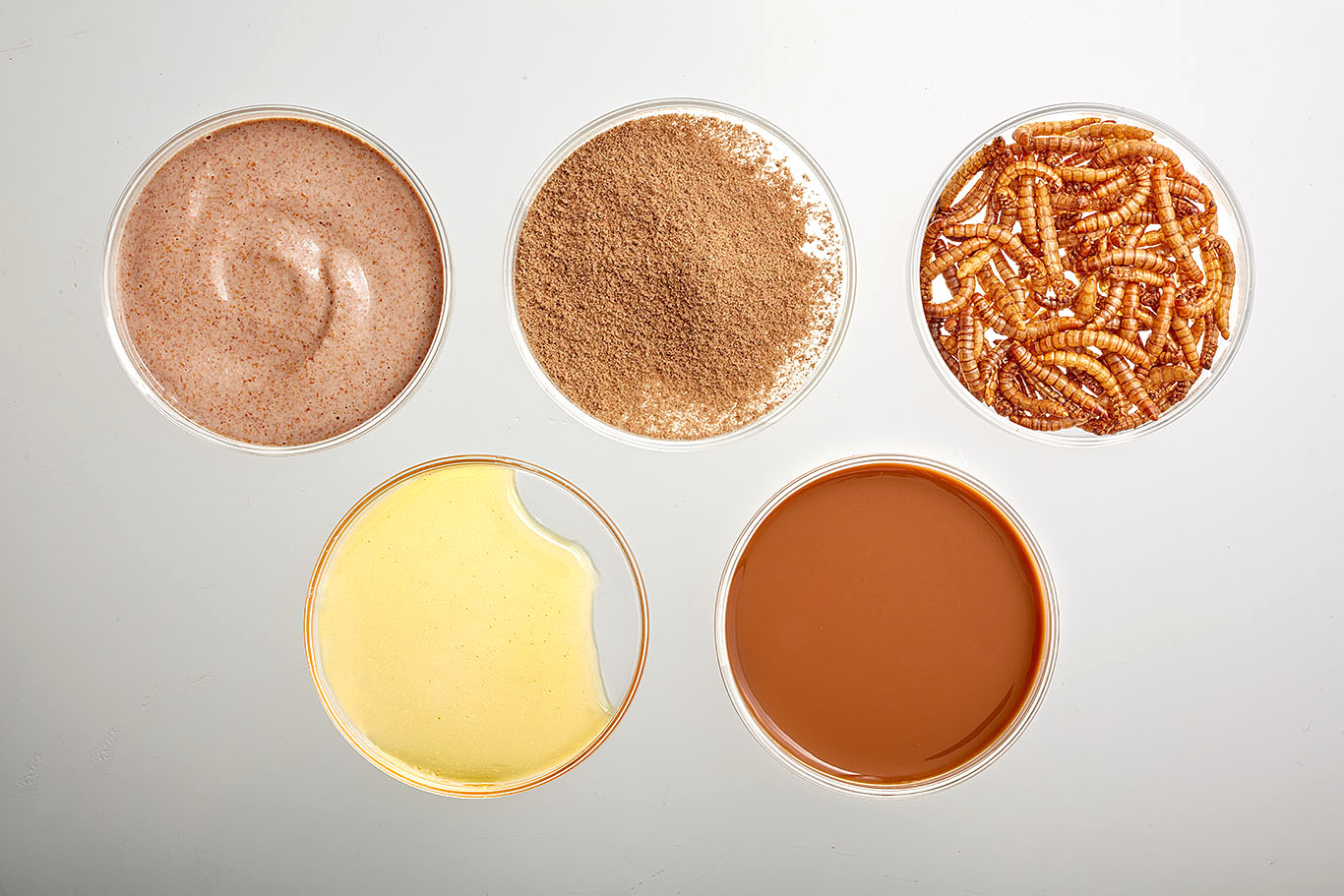
Benefits from biotech
BioCraft Pet Nutrition is a biotech company developing cultured meat for the pet food market. “I started this company with a single objective – to reduce animals used in the food supply chain, for ethical and environmental reasons,” recalls Shannon Falconer, CEO. “Humans are omnivores and don’t require meat from a nutritional perspective, but as cats are obligate carnivores, in the wild their only source of complete nutrition comes from consuming another animal.
“Many people regard pet food as ‘sustainable’ because the majority of pet food is made from the parts of animals that humans don’t want to eat, along with ‘deadstock’ – animals from disease, during transit, or aren’t ambulatory and therefore legally can’t be slaughtered for human consumption. But the only thing sustainable about pet food is that it sustains the animal agriculture industry,” argues Falconer. “Selling these materials to pet food suppliers is extremely lucrative and, without this profit, the animal agriculture industry as we know it simply couldn’t exist. In this respect, pet foods are not merely byproducts of the human food system – they are a product in their own right.”
Falconer is intrigued by the debate that revolves around the impact of alternative proteins on sustainability and believes it raises an important issue. “Many pet food manufacturers have sustainability goals,” she says. “However, without eliminating – or at least massively reducing their inclusion of meat in pet food – these goals will simply never be met. Shifting from conventional meat to cultured meat is likely the most viable way to reach their goals. It would have far more impact than using renewable energy or reducing plastic in packaging.”
The future for our furry friends
The transition to cultivated pet food might be in its infancy, but Nutrition Technologies’ Piggott believes that it has the potential to make a significant difference to human diets and life in general. “Getting insect-based products – whether it’s cosmetics, pet food, or aviation fuel – in front of consumers time and again will normalize the use of insect-based materials in everyday life. This needs to happen over years and decades, so it won’t be a quick transition, but it’ll come,” he feels.
CULT’s Errett also believes it’s possible – but with a caveat. “Pet nutrition is unique in that we don’t need to worry about the human experience – seeing a steak sizzle, for example,” he says. “All we have to do with pet foods is meet the nutritional needs of animals. Humans are much more complicated. Currently there is an obsession to get to the center of the plate, to recreate that filet mignon or pork chop. But if we take a step back and create hybrid foods with only a portion of cultivated meat in them, it would be an excellent first step or interim model for our industry.”
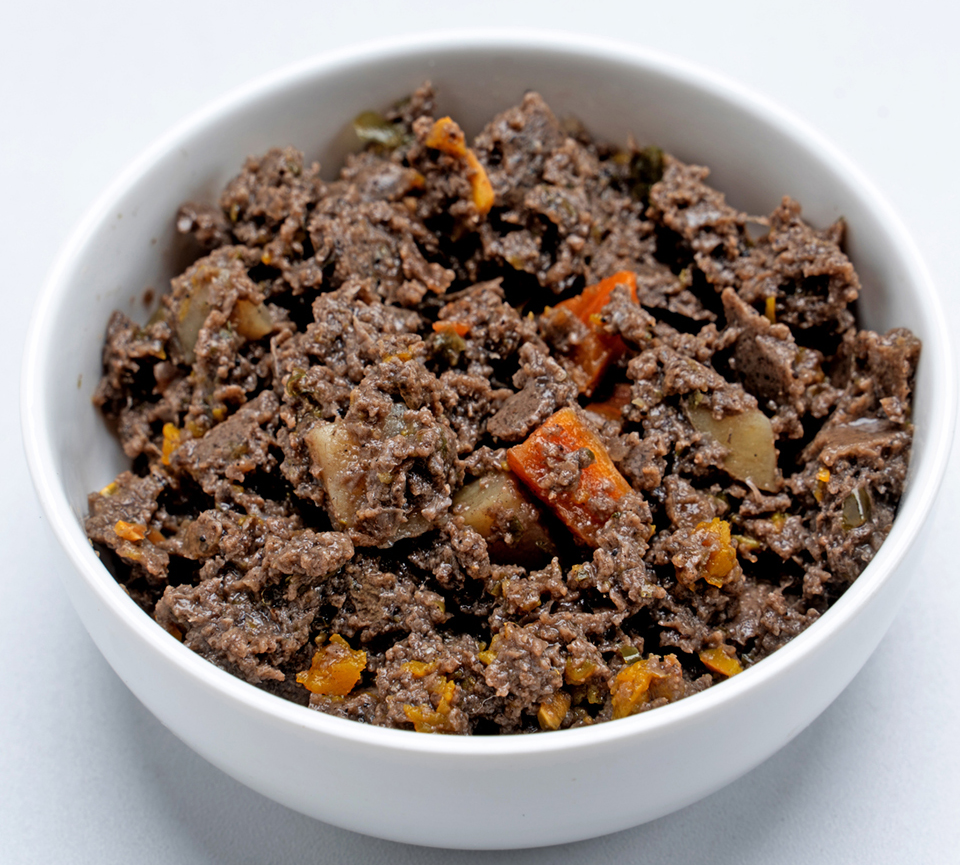
Born out of necessity
Alternative proteins in pet food will be a necessity given conventional meat supply chain challenges, believes Falconer. “It’s very possible the supply of conventional meat ingredients won’t meet the demand of pet food manufacturers,” she predicts. “Aside from shortages, there’s quality, consistency, and price fluctuations that greatly affect manufacturers and leave them vulnerable,” before adding that farmed animal diseases will impact supply, too. “During the pandemic we saw farms killing healthy animals they couldn’t move along to slaughter because the COVID-19 outbreaks shut down meat-packing plants.”
Unsurprisingly, Westergren remains “convinced” that the petfood market will be dominated by insect-based products in the future. “The protein source is outstanding
in terms of being both high-quality and sustainable,” she concludes. “We are certainly seeing an increase in the number of insect-based pet products on the market globally. The increasing development of functional pet food ingredients sourced from insects is a particularly interesting growth area of this market.”
“The future for alternative proteins in the pet food industry looks bright!” believes an optimistic Leo Wein from Protenga. “The climate-related macro-factors provide a tailwind for insect proteins and the awareness and education of consumers for the pawprint of their pets, combined with the increasing amount of scientific evidence for the nutritional and health benefits that the insect-derived ingredients provide.”
If you have any questions or would like to get in touch with us, please email info@futureofproteinproduction.com







